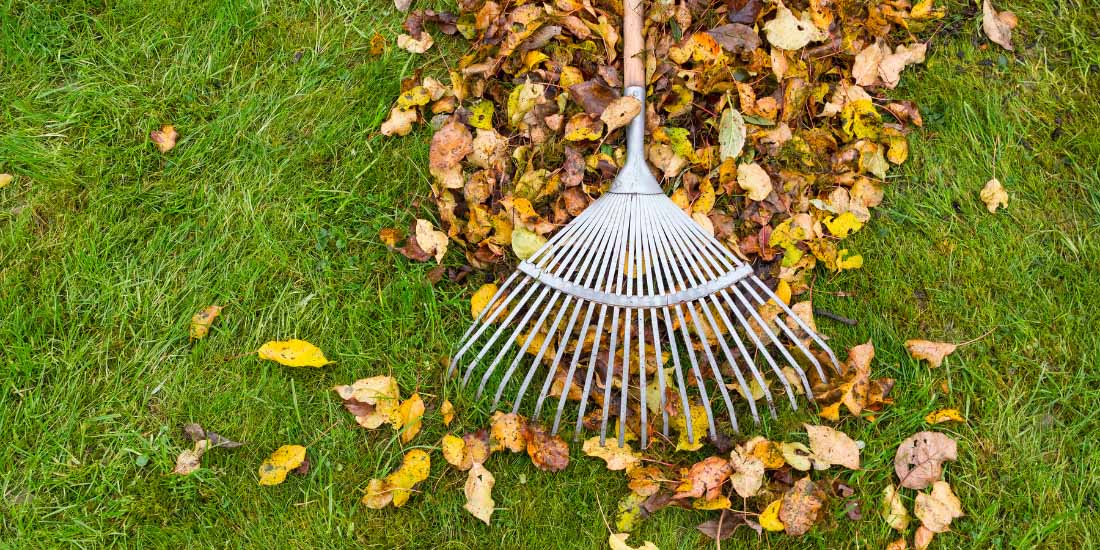How to keep your lawn healthy in autumn and winter

During autumn it is necessary to prepare your lawn for the colder weather ahead, especially if you want your grass to look its best when spring returns. A great time to start is in September however, the start of the month can still be hot, so you may need to delay treatment until the weather turns cooler and wetter.
This guide shares tips and advice to help ensure your lawn is protected and healthy in autumn. And so that it's prepared for the cold winter weather and ready for the coming spring!
Top tips for keeping your lawn healthy in autumn
Tackle moss and thatch
Moss is often found in moist and shaded areas and can spread very quickly. Treat by spreading a fertiliser such as Feed, Weed and Mosskiller across the affected areas of lawn, and within two weeks, the weed will have died and turned black.
Then remove the dead moss by vigorously raking the surface with a spring-tined lawn rake. Consider future-proofing your lawn from further moss by removing the sun blockers, such as trimming hedges or improving drainage.
Remove debris
Along with raking away moss, regularly remove old grass clippings, leaves and other layers of thatch that can cover the lawn's surface. If left, this will encourage weeds and disease to set in as drainage will be poor, and the soil will be clogged.
Aerate the lawn
Lawns can become compacted during the summer, particularly in children's play areas. This can also cause problems with drainage, weeds and moss. Aeration will create air pores to help soil compaction and allow the water to move through the soil. Using a garden fork, push into the surface around 30mm deep, wiggle it backwards and forwards and then pull out. Repeat this every 10cm across the lawn.
Fertilise the lawn
Fertilising the lawn in autumn will supply your grass with the essential nutrients it needs to strengthen itself for winter. As autumn progresses, damp conditions can lead to diseases such as fusarium patch (snow mould infection).
Applying an autumn lawn feed such as SLOW RELEASE: Autumn/Winter or QUICK RELEASE: Autumn/Winter in early autumn will help combat these by strengthening the grass plants and giving your lawn an attractive green colour.
Always follow the instructions; overfeeding with high-nitrogen fertiliser will encourage fusarium wilt.
Sowing a Lawn in Autumn
Autumn is the best time of year to sow a lawn and will give you six reasons to sow grass seed in autumn.